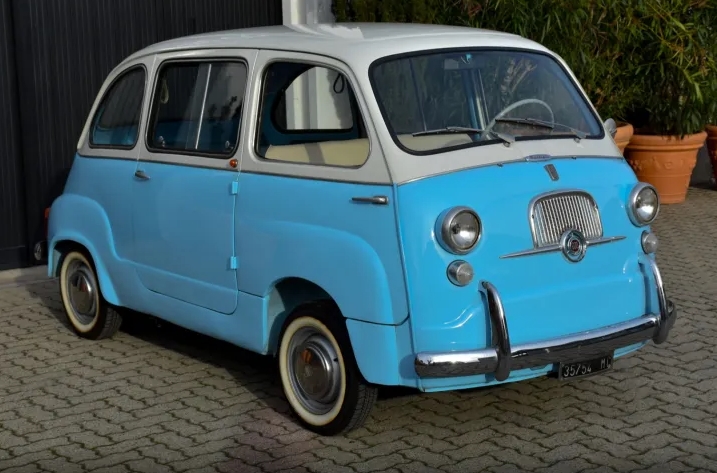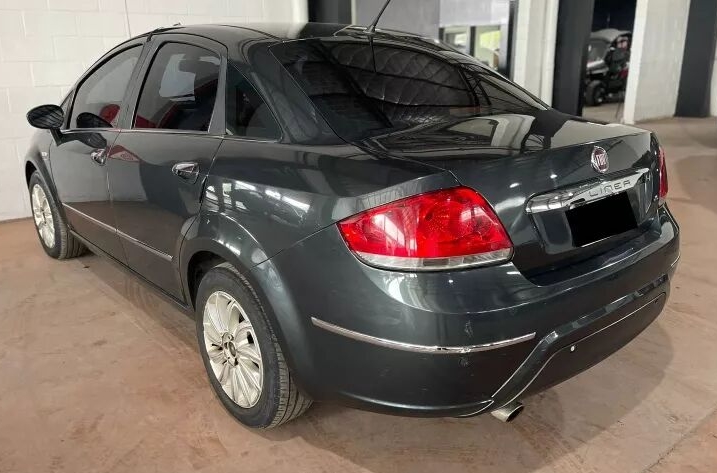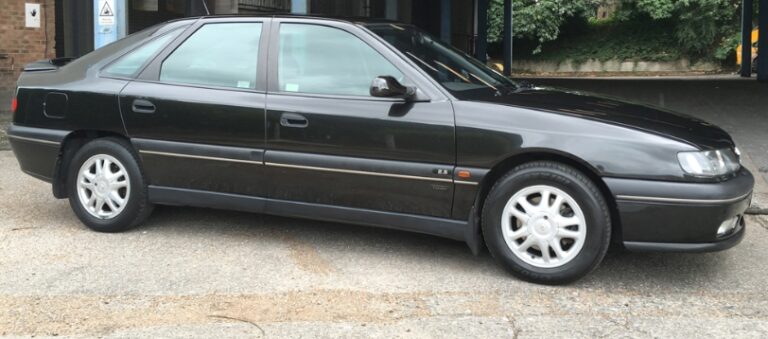The Toyota Estima: A Journey Through a Pioneering People Mover
The Toyota Estima, known in many markets as the Previa, stands as a testament to Toyota’s innovative spirit and its ability to adapt to evolving family needs. More than just a minivan, the Estima carved out a unique niche for itself, offering a blend of practicality, comfort, and a distinctive design that set it apart from its contemporaries. This article will delve into the evolution of the Toyota Estima, tracing its journey from its inception to its eventual discontinuation, exploring its various generations, models, and trim levels.
The Genesis of Innovation: The First Generation (1990-2000) – The “Egg” and the Supercharged Revolution
The story of the Estima begins in 1990 with the launch of the first generation, codenamed the TCR10/20 series. Toyota aimed to create a family vehicle that was more engaging to drive and visually distinct than the boxy minivans of the era. This ambition led to the Estima’s signature aerodynamic, “egg-shaped” profile, which was not merely an aesthetic choice but also a functional one, contributing to its impressive fuel efficiency and quiet cabin.
A key innovation of the first-generation Estima was its unique mid-engine, rear-wheel-drive (or all-wheel-drive) layout. The engine was cleverly tucked away beneath the front seats, contributing to a flat floor and spacious interior. This layout also enhanced weight distribution, improving handling.
Models and Trim Levels (First Generation):
The first generation Estima was initially available in Japan with several engine options and a range of trim levels designed to cater to different buyer preferences.
Engine Options:
2.0L 3S-FE Inline-4 Petrol: This was the standard engine, offering adequate power for everyday use.
2.4L 2TZ-FE Inline-4 Petrol: A more powerful option, providing better performance, especially when carrying a full load.
2.4L 2TZ-FZE Supercharged Inline-4 Petrol: This became a signature feature of later first-generation Estimas. The supercharger provided a significant boost in torque, making it a surprisingly spirited performer for its size and a unique selling proposition.
2.2L 3C-T Diesel (for some markets outside Japan): Offered in certain regions, providing an alternative for those seeking diesel efficiency.
Trim Levels (Japan-specific examples, as variations existed by market):
Estima (Base Model): Typically featured essential amenities, cloth upholstery, and basic features.
Lucida/Emina: These were essentially rebadged versions of the Estima in some Japanese markets, often with slightly different styling cues and feature packages.
G: A mid-range trim, usually adding more comfort features like improved seating, better audio systems, and power amenities.
X: A higher-end trim, often including luxury touches such as captain’s chairs in the second row, dual sunroofs, a premium sound system, and more sophisticated interior trim.
Super Custom / Royal Saloon: These were the top-tier trims, offering the utmost in luxury and comfort, often with captain’s chairs, fully reclining seats, a mini-fridge, and advanced climate control.
Aeras: Introduced later in the first generation, the Aeras trim focused on a sportier aesthetic with unique body kits, alloy wheels, and revised interior styling. This trim became particularly popular.
The first-generation Estima was a critical success, praised for its innovative design, spacious interior, and enjoyable driving dynamics. It proved that a minivan could be more than just a utilitarian box.
The Evolution Continues: The Second Generation (2000-2006) – Refinement and Modernization
The second generation Estima, known as the TCR20/30 series, arrived in 2000. While retaining the core principles of its predecessor, this generation saw significant updates in design, technology, and refinement. The “egg” shape was smoothed out, adopting a more conventional, yet still distinctive, minivan silhouette. The mid-engine layout remained, but with further engineering to optimize space and safety.
Models and Trim Levels (Second Generation):
The second generation continued to offer a diverse range of engines and trim levels, building upon the success of the first.
Engine Options:
2.4L 2TZ-FE Inline-4 Petrol: Continued from the previous generation, offering reliable performance.
3.0L 1MZ-FE V6 Petrol: This was a significant addition, providing smoother power delivery and more potent acceleration, a welcome upgrade for many buyers.
Hybrid (Estima Hybrid): A groundbreaking addition, the Estima Hybrid (model code AHR20) was introduced in 2006, making it one of the first hybrid minivans. This marked Toyota’s commitment to fuel efficiency and alternative powertrains. It utilized a 2.4L petrol engine paired with electric motors.
Trim Levels (Japan-specific examples):
G: The entry-level trim, still offering a good balance of features and affordability.
X: A step up, typically including more comfort and convenience features.
J: Often a sportier variant, similar to the previous generation’s Aeras trim, with enhanced styling.
L Selection / S Selection: These were often package-based trims, offering specific combinations of popular features.
Estima Hybrid: This model was inherently a premium offering, with its advanced powertrain and typically came with a well-equipped interior.
The second-generation Estima was a strong contender in the minivan segment. Its improved styling, refined interior, and the introduction of a hybrid option demonstrated Toyota’s continuous innovation. This generation solidified its reputation as a premium and practical family vehicle.
The Third Act: The Third Generation (2006-2019) – The Final Flourish and Global Appeal
The third and final generation of the Toyota Estima (model code ACR50) was launched in 2006. This generation saw a more aggressive and sophisticated design, moving away from the softer curves of its predecessors while still maintaining a unique identity. The focus remained on practicality, comfort, and advanced features. The mid-engine layout was still present, but the engine was now more integrated into the front chassis, allowing for an even flatter floor and increased interior space.
Models and Trim Levels (Third Generation):
The third generation took the Estima’s offerings to a new level, with more emphasis on technology and luxury.
Engine Options:
2.4L 2AZ-FE Inline-4 Petrol: The primary engine for the standard Estima, known for its reliability and efficiency.
3.5L 2GR-FE V6 Petrol: Offered in higher trims and for markets desiring more power, this engine provided effortless cruising and strong acceleration.
Estima Hybrid (AHR20W): The hybrid variant continued, now based on the updated platform and featuring improved hybrid technology for even better fuel economy.
Trim Levels (Japan-specific examples, with global variations):
X: The base model, offering a good starting point with essential features.
G: A more popular mid-range trim, typically including upgrades in upholstery, audio, and convenience features.
Aeras: This trim continued its tradition of sporty styling, often featuring unique body kits, alloy wheels, and sport-tuned suspension. It remained a highly sought-after variant.
Aeras G Package: An enhanced version of the Aeras, adding further luxury and technology features.
Estima Hybrid: The hybrid models were often positioned as premium offerings, featuring advanced technology, distinct interior appointments, and of course, the fuel-saving hybrid powertrain.
Globally, the Estima (or Previa) was well-received, particularly in markets like Australia, New Zealand, and parts of Asia. North America, however, largely adopted the Sienna as its primary minivan offering, though the first and second-generation Previas did find their way into the US market, often as grey imports due to their unique features and desirability.
.
THIS is GOOD stuff if your car is in need:

.
The End of an Era: Discontinuation
Despite its loyal following and innovative spirit, the Toyota Estima saw its production come to an end in 2019. The global automotive landscape was shifting rapidly, with SUVs and crossovers gaining dominance over minivans. Furthermore, evolving emissions regulations and the increasing electrification of the automotive industry made the Estima’s traditional powertrain offerings less sustainable in certain markets.
Legacy and Impact:
The Toyota Estima left an indelible mark on the automotive world. It challenged the notion of what a minivan could be, proving that practicality did not have to come at the expense of style or driving enjoyment. Its innovative mid-engine layout, aerodynamic design, and pioneering hybrid technology were all testament to Toyota’s forward-thinking approach.
For families, the Estima offered an unparalleled combination of space, comfort, and versatility. Its spacious and flexible interior, coupled with its comfortable ride, made it an ideal companion for long journeys and everyday errands. The signature “egg” shape of the first generation, while polarizing for some, became a beloved icon for others, instantly recognizable and fondly remembered.
While the Estima nameplate may have been retired, its spirit of innovation and its contribution to the minivan segment live on. It demonstrated that practical vehicles could also be desirable and that pushing the boundaries of design and engineering could result in truly unique and enduring automobiles. The Toyota Estima remains a celebrated chapter in automotive history, a pioneering people mover that enriched the lives of countless families and inspired future generations of vehicles.







